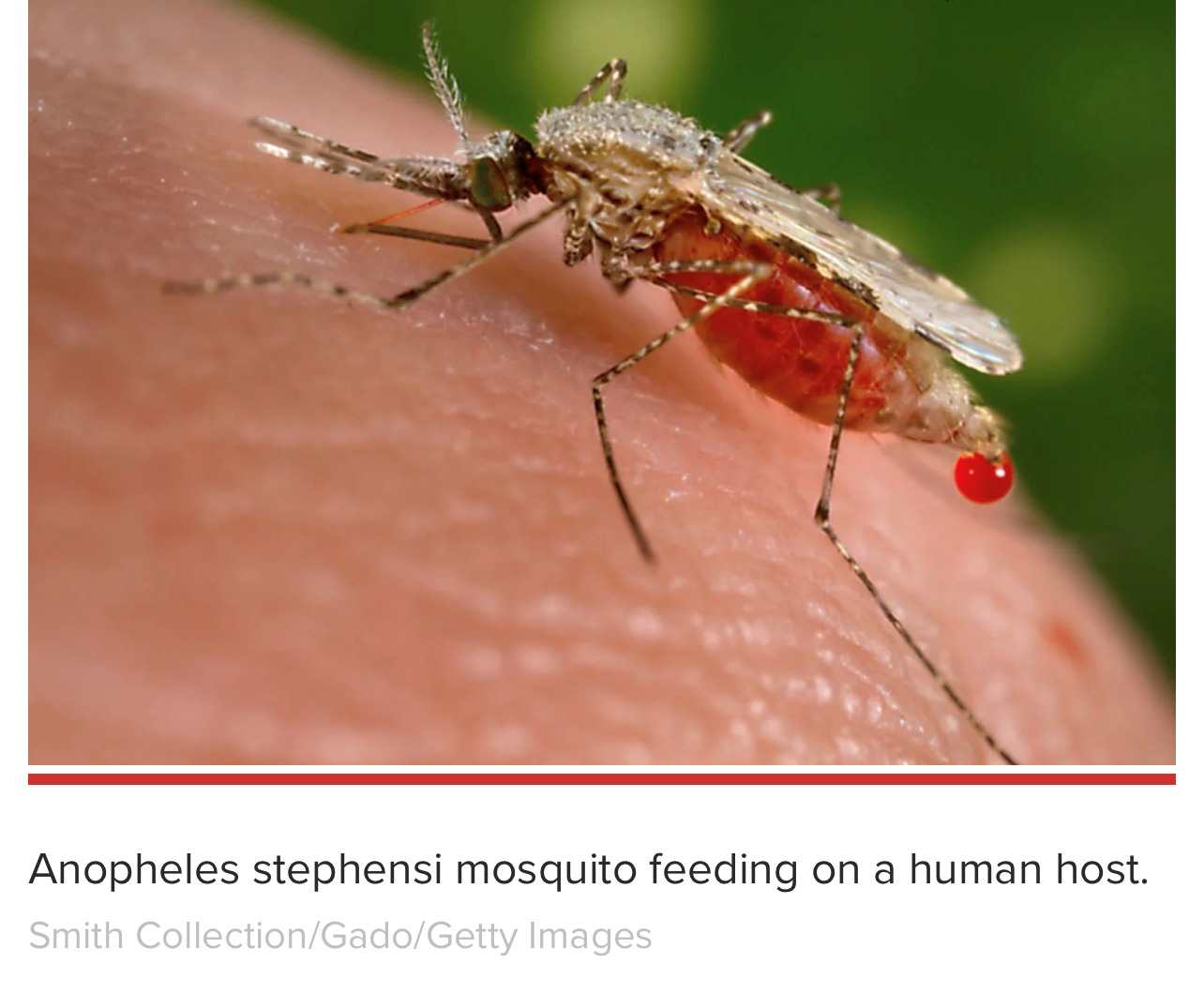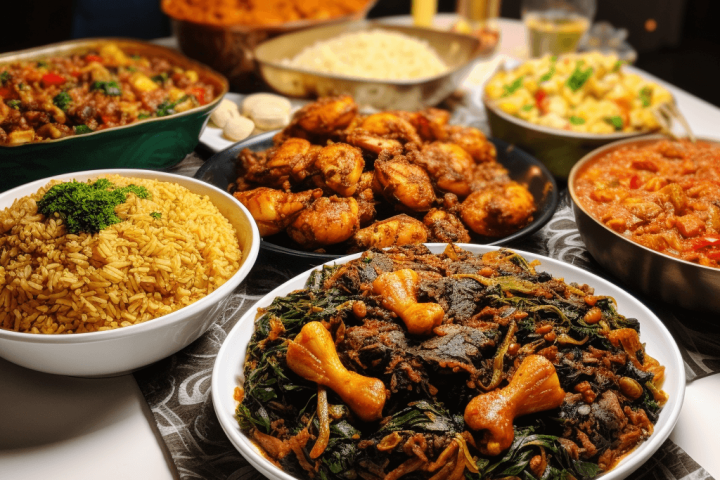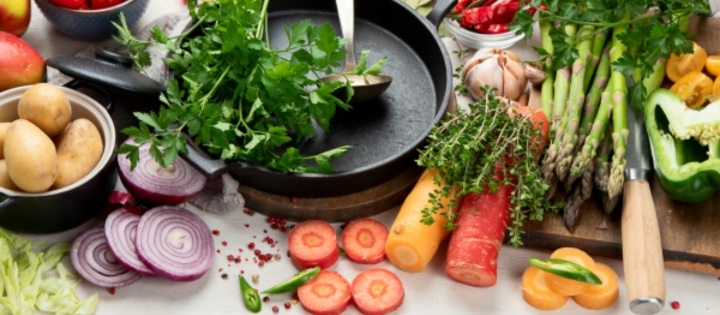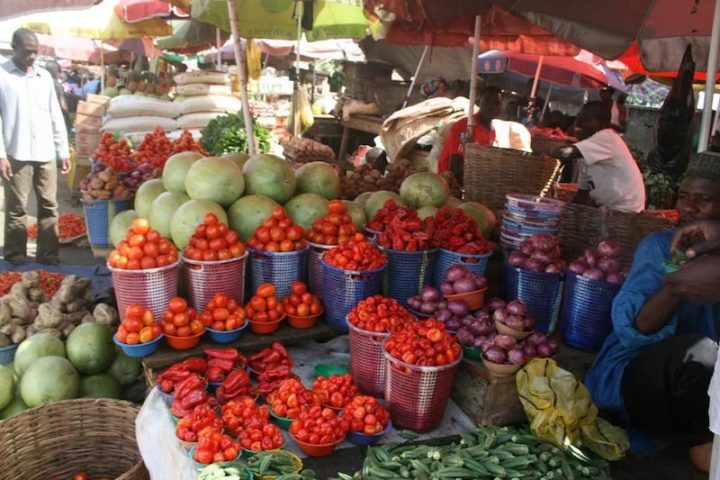Mosquitoes as you all are familiar with are annoying, making your sleep quite uncomfortable especially given the stifling heat. And I can wager that you have on numerous occasions given yourself generous slaps in your sleep in a bid to kill the little monsters.
Using nets to keep them out? It does not work, they will still find a way to get inside! Apart from the above, mosquitoes have economic values in that they also give you malaria!
Join our WhatsApp ChannelMalaria kills ca 400K people in sub-Saharan Africa per annum with children being the most affected. The estimate by WHO in 2019 was that ca. 229 million people worldwide were infected with malaria of which 409K died of the disease.
Mosquitoes are predominantly found in Africa, South America and Asia. Notice anything unusual in the distribution of mosquitoes worldwide? The aforementioned continents are peopled by mostly the poor!
Vaccines to the rescue:
The good news is that there are now two malaria vaccines, which have been trialed and found to work, at least up to 75% efficacy (effectiveness). These vaccines are made simply by isolating the protein produced during the sporozoite phase of the mosquito lifecycle (i.e. the phase at which it enters into your body from the mosquito bites).
The protein is isolated, purified and used as an antigen (foreign agent) to encourage your immune system to react and in the process protect your body. The only snag with this approach is that the protein is unstable and may require several booster injections to be effective.
The more stable approach is to isolate the protein, clone it into a vector (a carrier unit, which may be from a virus or yeast) and express it in yeast. This was how the hepatitis B vaccine was produced. Vaccines produced by this method are quite stable.
Though there are two malaria vaccines available, the only approved vaccine to date is called RTS,S, known by the brand name Mosquirix. It has very low efficacy and requires up to 4 booster injections to be effective, and because of this the WHO does not recommend this vaccines for babies under 12 weeks of age.
A new and more efficient malaria vaccine has been developed, but not yet approved. It is called R21/Matrix-M, which has an efficacy value of up to 77%! It was trialled in 450 children from Burkina Faso and is currently awaiting approval by WHO.
The vaccine was produced by Oxford-AstraZeneca, the same team which produced the COVID-19 vaccine. In fact the malaria vaccine served as a template to the production of the Oxford-AstraZeneca COVID-19 vaccine!
Both of the aforementioned vaccines are based on the same principle in which the malaria protein called the circumsporozoite protein is used to trigger immune responses.
The protein is found on the outside of the sporozoites. If you recall your elementary Biology, the sporozoite form of the parasite is the stage in its life cycle when it first enters the human body from the salivary glands of infected mosquitoes.
A third malaria vaccine is now being developed, in this case patients were given live Plasmodium falciparum parasites, along with drugs to kill any parasites that reached the liver or bloodstream, where they can cause malaria symptoms.
Participants were then intentionally infected with malaria three months later to test the vaccine’s efficacy.
The vaccine protected 87.5% of participants who were infected after three months with the same strain of parasite that was used in the inoculation, and 77.8% of those who were infected with a different strain.
This means that the vaccine can protect people against different strains of the malaria parasites. In addition a live parasite yields stronger immune responses because it can replicate inside the body, and produce more foreign proteins in the process. Researchers are currently working to genetically weaken the parasite so that it can be injected live without the need for additional medicines.
It must be mentioned that malaria control measures, including mosquito nets and preventive medicines, have saved more than 7 million lives and prevented 1.5 billion malaria cases in the past decade. But these measures are now being challenged by insecticide resistance, drug resistance and population growth.
But ask yourself this question, why has it taken this long to produce malaria vaccines when it took less than a year to produce the COVID-19 vaccines?! The answers are in two parts:
- “Because there are thousands of genes in malaria compared to around a dozen in coronavirus, and a very high immune response is needed to fight off the disease.” _Prof Adrian Hill, Oxford University [culled from a BBC interview].
- But the main reason is that because malaria affects only low to middle income countries therefore, little resources are assigned to it despite the fact that it has killed millions of people and annually kills 400K people mostly children! The fact that Coronavirus does not differentiate the rich from the poor, the West from the Developing countries and, more importantly because it is impacting negatively on the economies of the West, hence the urgent attention paid to it ……..and viola! Vaccines against the disease was found within a year!
















Follow Us